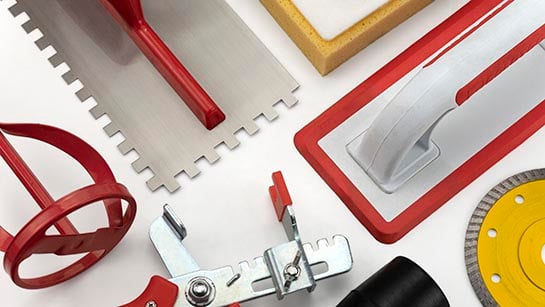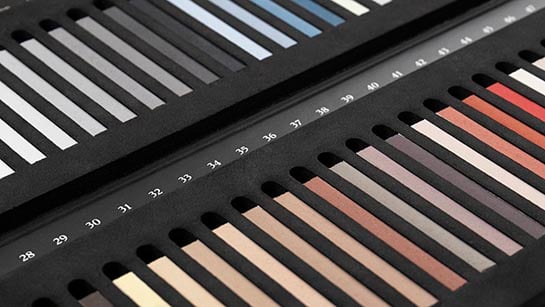The differences between rectified and non-rectified tiles are the edges and corners, appearance and price. But it is necessary to highlight the most relevant dissimilarity, which is the finish of the edges and the manufacturing process.


EDGES AND CORNERS
The rectified tiles have been cut after firing, using a grinding process that results in precise edges and right angles. Non-rectified tiles, however, do not undergo this cutting process, so they may have variations in size and edges, resulting in a more authentic look.


SIZE, APPEARANCE AND INSTALLATION
Rectified tiles, due to their precision cutting, have a more uniform and modern appearance. A very visual example is modern large tiles.

On the other hand, non-ground tiles may have slight variations in size and shape. In this type of tile, wider joints are often used to compensate for the differences. And a very clear example is the hydraulic imitation tiles, very frequent in bathrooms and kitchens.

PRICE
Rectified tiles tend to be more expensive than non-rectified tiles due to the longer manufacturing process.



































